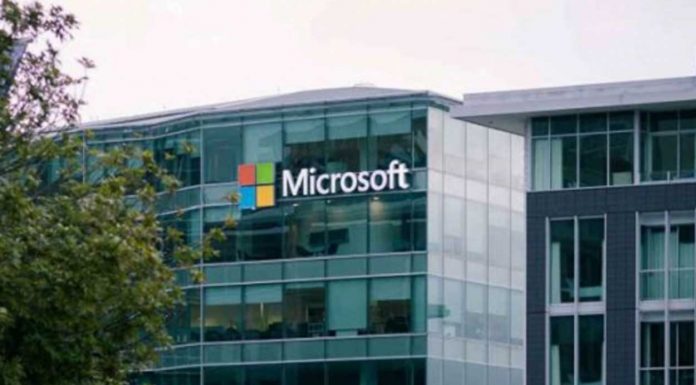Microsoft and NVIDIA have deepened their collaboration, announcing significant new integrations to boost generative AI applications for enterprises. The partnership focuses on the inclusion of NVIDIA's latest generative AI and Omniverse technologies into Microsoft's Azure, Azure AI services, Microsoft Fabric, and Microsoft 365 offerings.
Key announcements from the collaboration include the adoption of the NVIDIA Grace Blackwell GB200 and advanced NVIDIA Quantum-X800 InfiniBand networking by Azure. The integration aims to deliver AI models for various applications, including natural language processing and computer vision. Additionally, Microsoft announced the general availability of Azure NC H100 v5 VMs, designed to facilitate midrange training and inferencing with AI workloads.
“Together with NVIDIA, we are making the promise of AI real, helping drive new benefits and productivity gains for people and organizations everywhere,” said Microsoft CEO Satya Nadella. He also noted the strategic importance of bringing the NVIDIA Grace Blackwell processor to Azure and integrating DGX Cloud with Microsoft Fabric. These moves are intended to equip customers with the most advanced platforms and tools to develop AI capabilities.
The partnership also extends to healthcare and life sciences, aiming to revolutionize these fields through the integration of cloud, AI, and supercomputing technologies. The initiative promises to enhance clinical research and care delivery with improved efficiency, said the company.
“AI is transforming our daily lives — opening up a world of new opportunities,” Jensen Huang, NVIDIA's founder and CEO said, outlining the collaboration's goal to build a future that fulfills the promise of AI for customers by facilitating innovative solutions.
In the industrial digitalisation space, NVIDIA Omniverse Cloud APIs will first become available on Microsoft Azure. This is part of a broader effort to improve data interoperability and collaboration among software applications. A preview demonstrated at NVIDIA GTC showcases the potential for real-time data visualization in a digital twin of a facility using Microsoft Power BI, said the company.
In addition, NVIDIA GPUs and the NVIDIA Triton Inference Server will support AI inference predictions in Microsoft Copilot for Microsoft 365. The partnership will also see the introduction of NVIDIA NIM inference microservices to Azure AI, aimed at accelerating AI deployments with optimised inference for a range of foundation models, said Microsoft.











